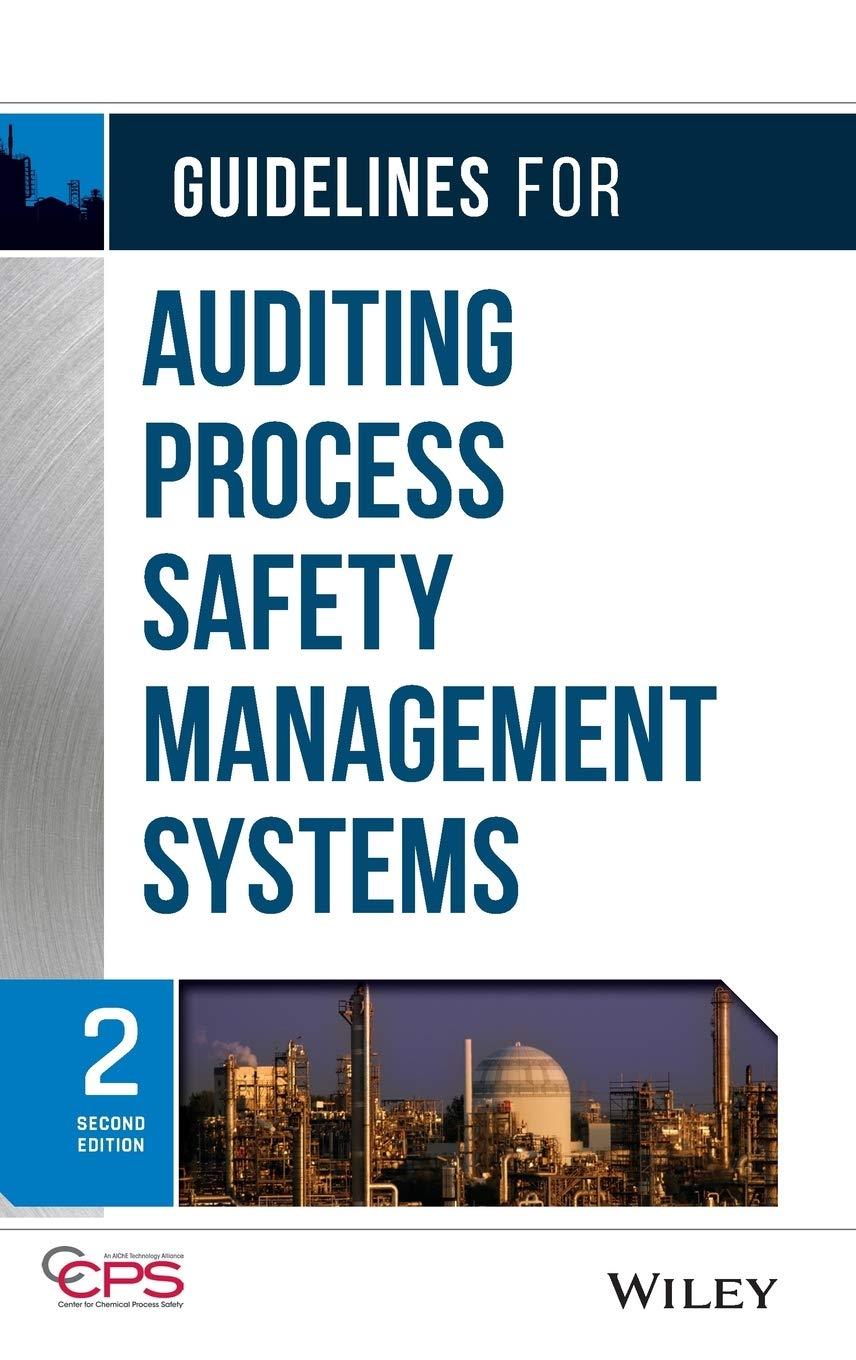Question
Lynda Chen founded a new venture last year with $10,000 in equity capital for which she received 2,000,000 shares of common stock. The venture is
Lynda Chen founded a new venture last year with $10,000 in equity capital for which she received 2,000,000 shares of common stock. The venture is now moving into its startup stage and needs an additional $1,000,000 to carry out the business plan. If Lynda had $1,000,000 to invest, she could retain 100 percent ownership of the venture. However, because Lynda does not have additional equity funds to invest, she is negotiating with a venture investor who is willing to invest $1,000,000 for an ownership position in the firm in the form of newly issued shares of common stock. The investor and the founder agree that the horizon (time to exit) for the investment should be five years. The investor expects a 50 percent com- pound annual rate of return for the entire five years. We need to value the venture based on a five-year exit and determine how many shares to issue to the investor for the $1,000,000.
Looking ahead five years, we can say that the successful venture is expected to produce $1,000,000 per year in income at that time. We also know that a similar venture recently sold shares to the public for $20,000,000 (denoted as P below), and that its last twelve months of income was $2,000,000 (denoted as E below). We infer from this that the going price per dollar of income in this technology sector is $10 ($20,000,000/ $2,000,000) and estimate the ventures exit value five years from now. Multiplying 10 dollars per dollar of income by the $1,000,000 of projected fifth-year income gives a venture exit value of $10,000,000. Discounting the $10,000,000 exit value by 50 percent per year for five years gives a present value of $1,316,872 or 10,000,000/(1.5)^5.
a) Given new information about similar ventures sold recently: Venture V1: Earning E1 = $2, sold at $20 million (P1) Venture V2: Earning E2 = $2.5, sold at $18 million (P2) Venture V3: Earning E3 = $1, sold at $15 million (P3) Discuss how this new information may affect the founders ownership, shares issued to the equity investor, Pre-money present valuation, Post-money present valuation. What investors (venture capitalists) may do to maximize their equity ownership in the venture (at the cost of the founder). Note: There is only one round of investment of 1 million at the beginning.
b) Given all other conditions unchanged: The second-round equity investor decides to split his/her investment of 1 million into 0.5 million at the end of year 2 & 0.5 million at the end of year 3. Discuss how this decision affects the founders ownership and the intuition behind it.
Step by Step Solution
There are 3 Steps involved in it
Step: 1

Get Instant Access to Expert-Tailored Solutions
See step-by-step solutions with expert insights and AI powered tools for academic success
Step: 2

Step: 3

Ace Your Homework with AI
Get the answers you need in no time with our AI-driven, step-by-step assistance
Get Started


